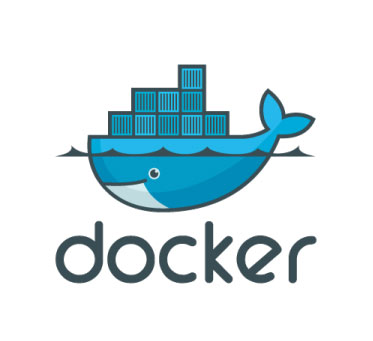Andy Hartman
Senior Consultant
Docker seems to be everywhere today. You can’t pick up a technical publication, or read through a social media app, without someone talking about all the great things you can do with Docker. It provides an environment allowing application developers to rapidly develop new single-purpose services or micro-services, which are usually combined to form larger applications. It also provides operations staff with a flexible and secure way to deploy these new services, over various physical and virtual hosts, allowing for high availability and capacity scaling.
There are a lot of different ways to start using Docker on IBM Z… after all, it’s just Docker running under Linux. I’m going to discuss using Docker utilizing Docker Enterprise Edition (Docker EE), which you download from the Docker Store, as opposed to getting Docker through a Linux distribution or some other repository. Docker comes in two editions when downloaded from the Docker Store There is a community edition, which is free to use, but has the disadvantage of only being available for Ubuntu on IBM Z. The Enterprise Edition, on the other hand, is available for all three supported Linux distributions on IBM Z… Red Hat Enterprise Linux (RHEL), SuSE Enterprise Linux (SUSE) and Ubuntu. Docker Enterprise Edition can be run on all current versions of the IBM mainframe, including z14, z13 and all versions of the LinuxOne.
Installing Docker Enterprise Edition
Installing Docker Enterprise Edition on any of the three distributions is very straight forward and works just like any other software installation. Docker.com has excellent documentation for installation and getting started quickly with your first docker images and containers. The documentation will walk you through the steps needed to obtain a trail license for Docker Enterprise Edition, and it will have links for other documentation beyond just the installation. This will allow you to try out Docker Enterprise Edition before you buy it. You can order Docker through IBM or Mainline, and either IBM or Mainline can help you determine what level of support and which features you would need to get started.
One of the benefits of running Docker is the ability to create multi-architectural images that allow you to deploy these images on different computer hardware, such as IBM Z or x86 servers using a consistent image set. You could develop a docker image on x86 for example and run it on IBM Z if it is built properly. This also applies to different Linux distributions, as well. You could develop an Ubuntu image that you could deploy on a Red Hat or SUSE Docker host, or any combination of the three. Docker allows you to abstract the hardware and operating system from your application, which makes it easy to run on whatever Docker host is best suited at the time to run that container.
Managing Docker Containers
One way to manage docker containers is using swarm mode, which allows you to group and manage your containers on worker nodes. These nodes are just Linux hosts that are running Docker, and then they are connected together to form a group of nodes running various containers. These docker hosts can be run on a physical or virtual Linux server. On IBM Z, this could be a Linux server running in an LPAR, a guest under z/VM or a virtual machine running under KVM. You can manage this environment through the command line or through a web-based interface. The Universal Control Plane is part of Docker Enterprise Edition and allows you to utilize this web-based interface. It has similar capabilities to the commands used with Docker, as well as some performance monitoring and health-check capabilities.
One of the other major components of Docker Enterprise Edition is the Docker Trusted Registry. This is a private repository for all your docker images. This allows you to create and maintain your company’s services and applications in a controlled and secure manner. Docker Enterprise Edition is able to scan your images for security vulnerabilities, as well as to see changes made to your images.
Implementing Docker on IBM Z
There are several different ways to implement Docker containers on IBM Z. One of the ways includes utilizing IBM Cloud Private, and another is using distribution-specific solutions that utilize other orchestration software, such as Kubernetes. I think Docker Enterprise Edition gives you a good place to start working with Docker containers. You can then determine how the containers can be used to help you create a secure and dynamic environment for your applications running on IBM Z.
Video of Deploying Docker on IBM Z
Learn more about Docker on IBM Z by watching this replay of a webcast Mainline recently delivered. In the webcast, I explain and demonstrate how to install and deploy Docker containers on IBM Z.
» Watch: Docker on Z Webcast Replay
Linux on Z with Open Source
Linux on IBM Z with Open Source Software is another great way to modernize and improve your development environment. The School District of Lee County (SDLC) reduced development costs, improved performance and increased operational efficiency.
More Information
As a Platinum IBM business partner, Mainline Information Systems has extensive experience with IBM mainframe systems, and we can help you with Linux on IBM Z, as well as Docker on IBM Z. To set up a more in-depth discussion about how to get started using these technologies, please contact your Mainline Account Executive directly or click here to contact us with any questions.

